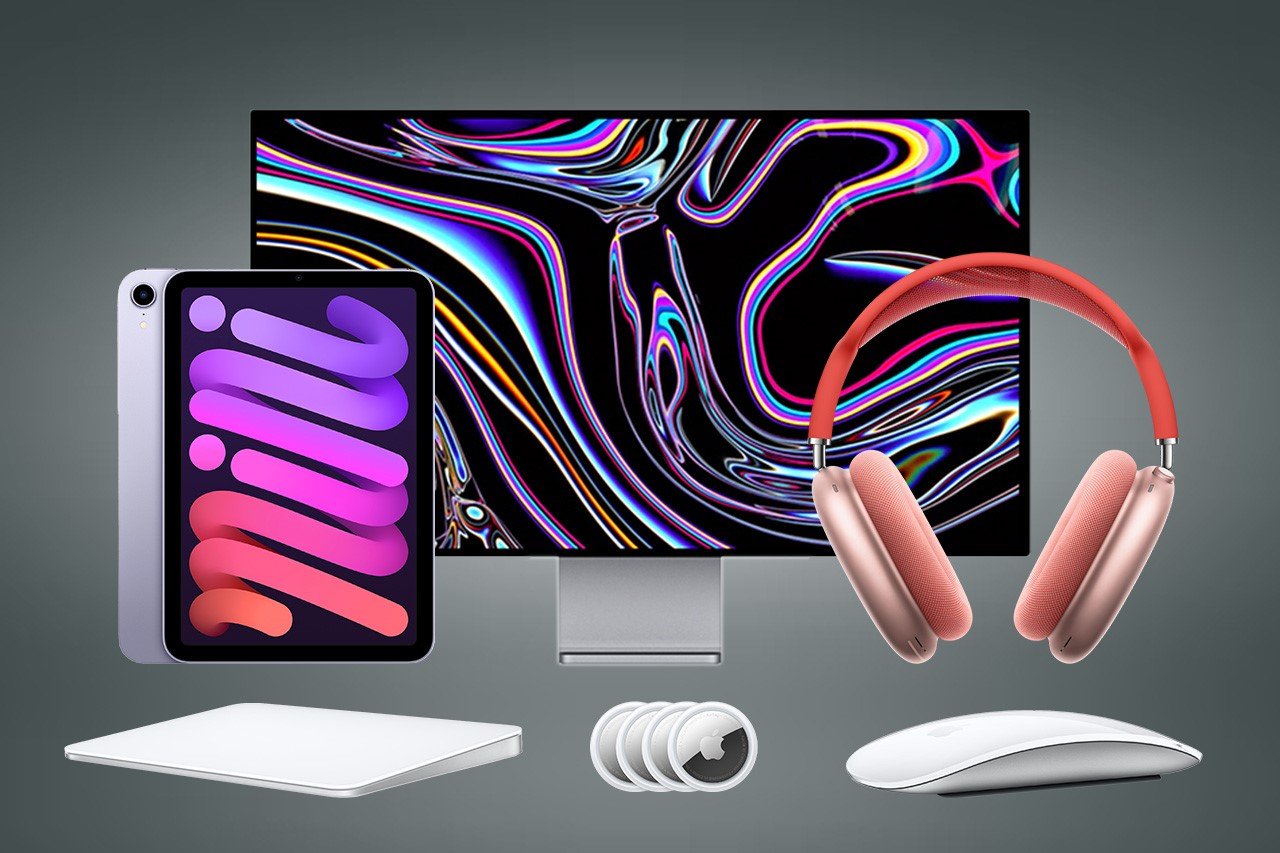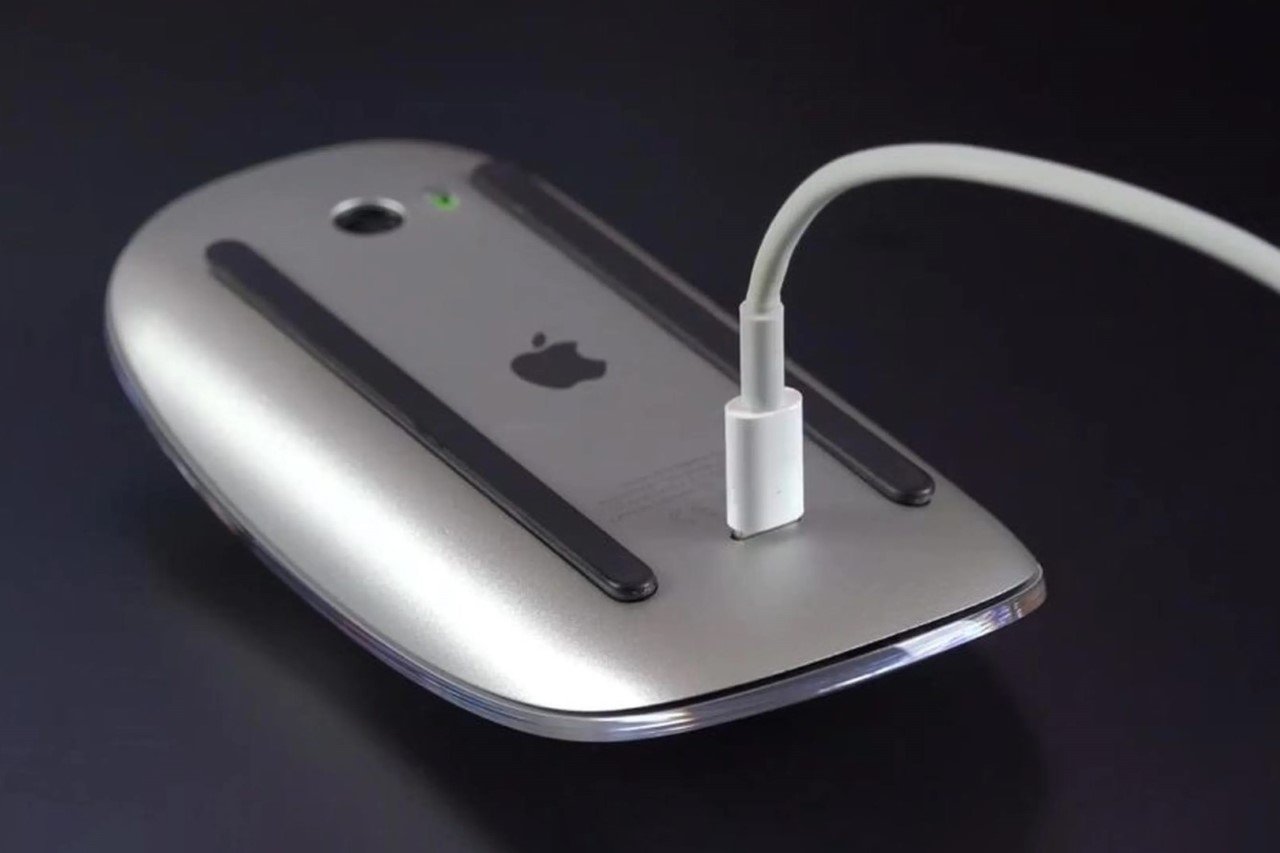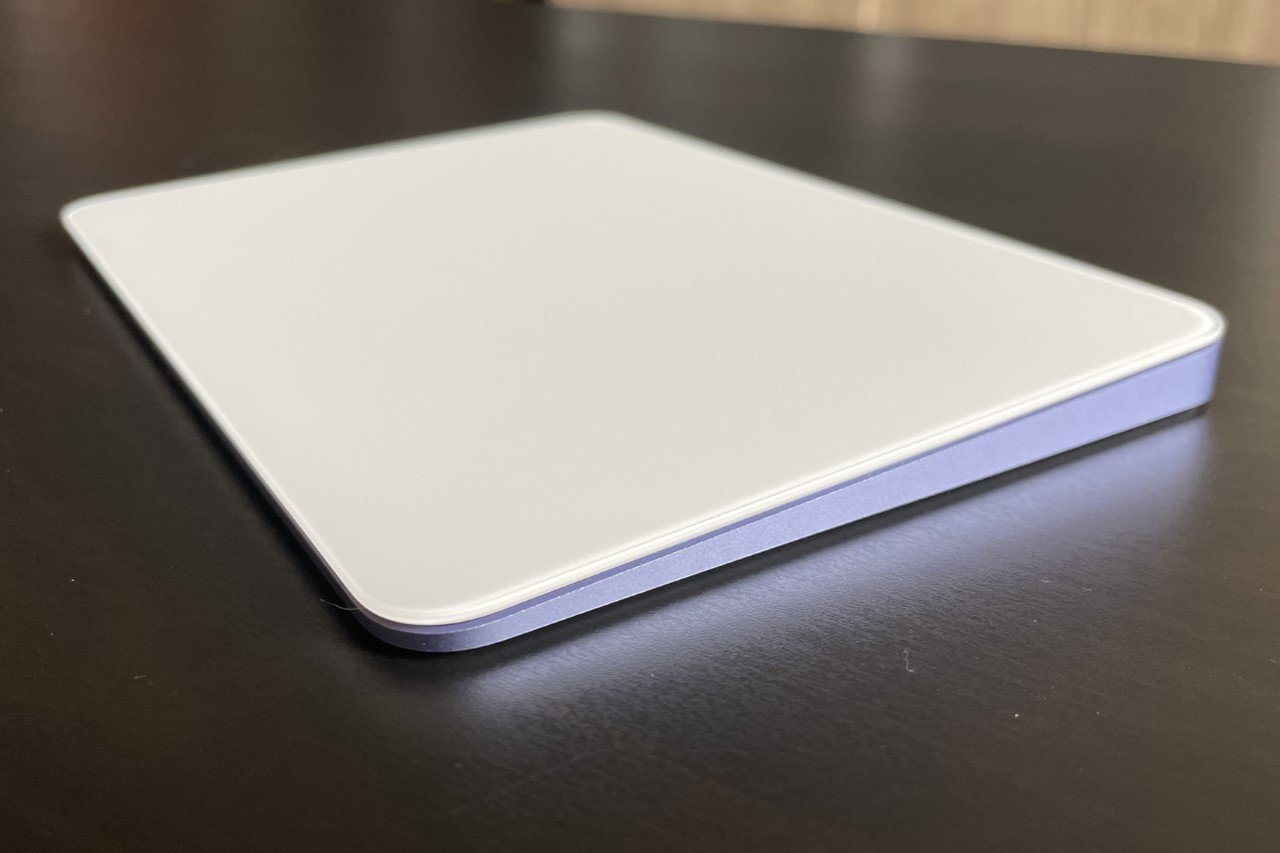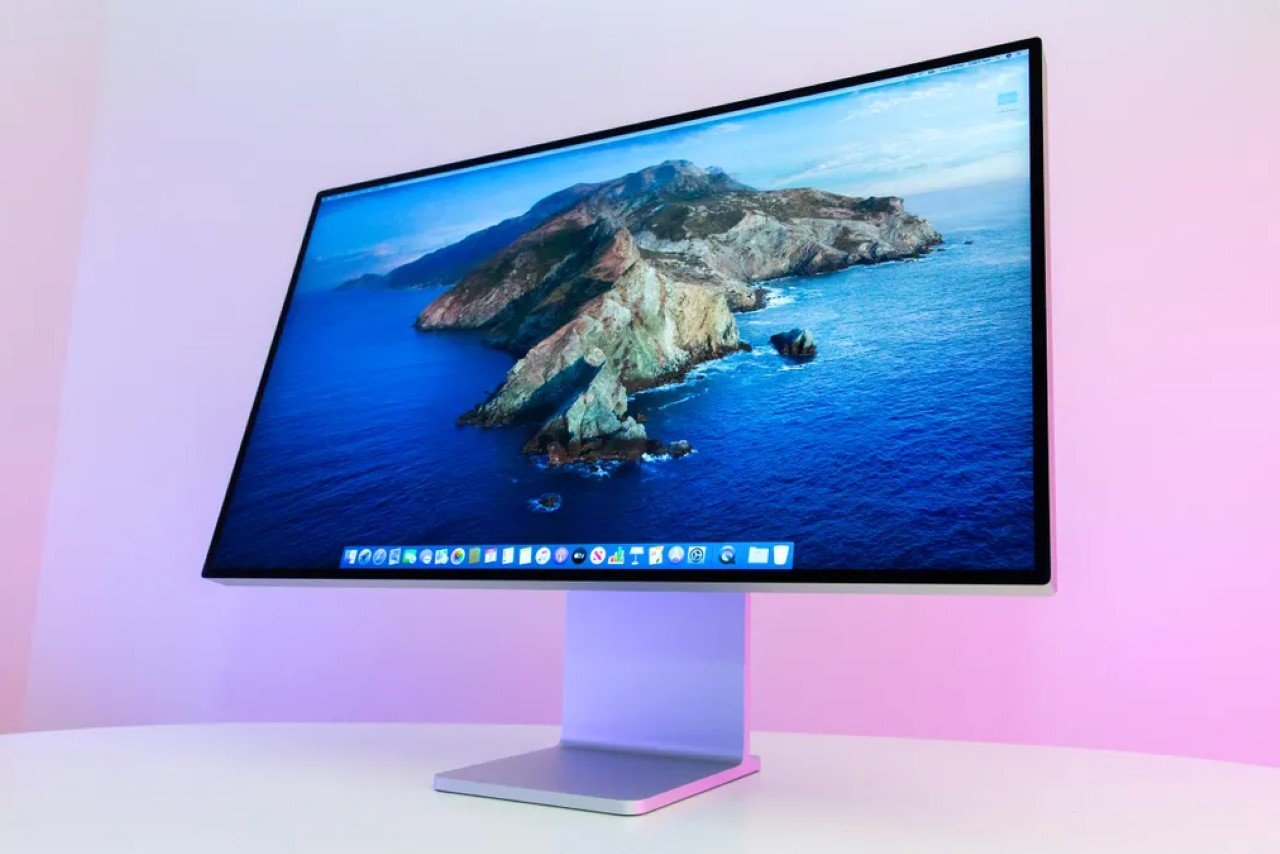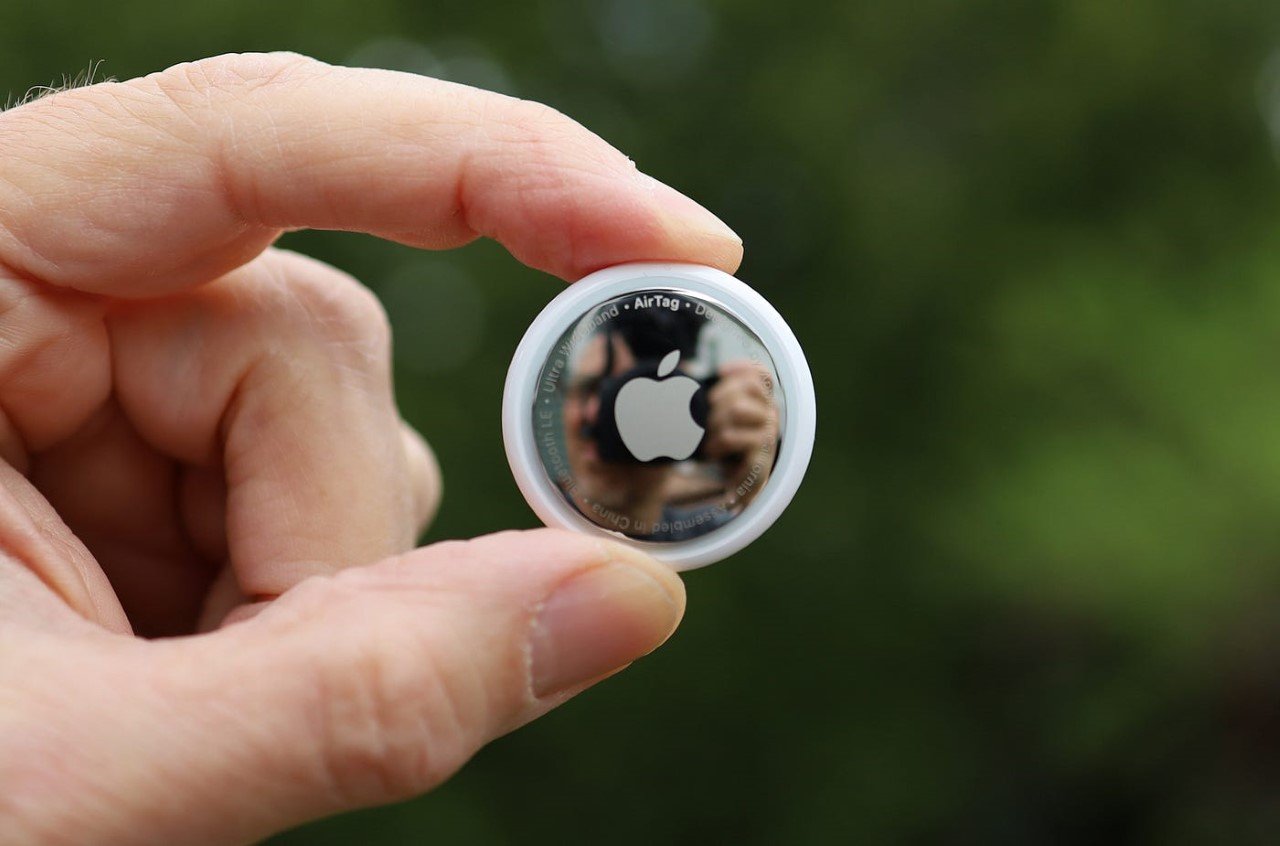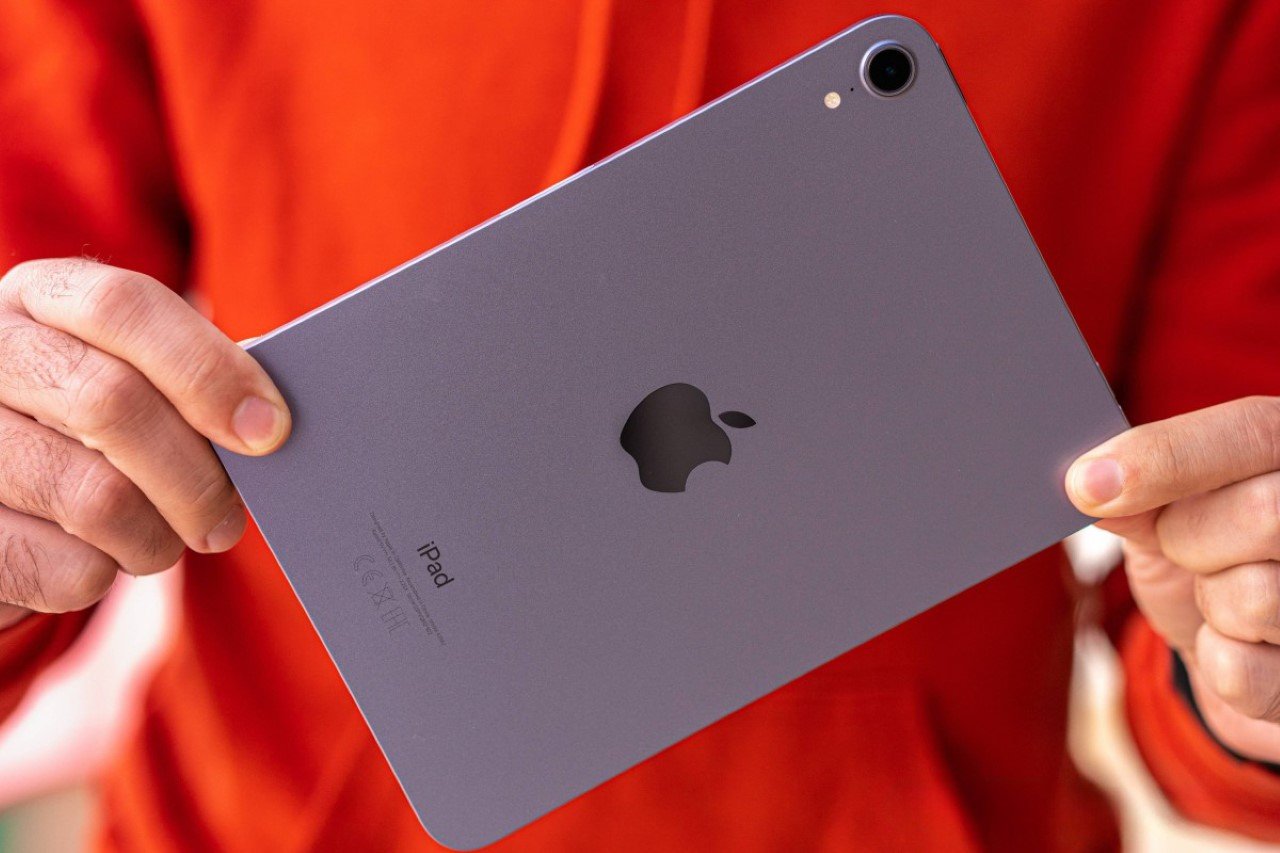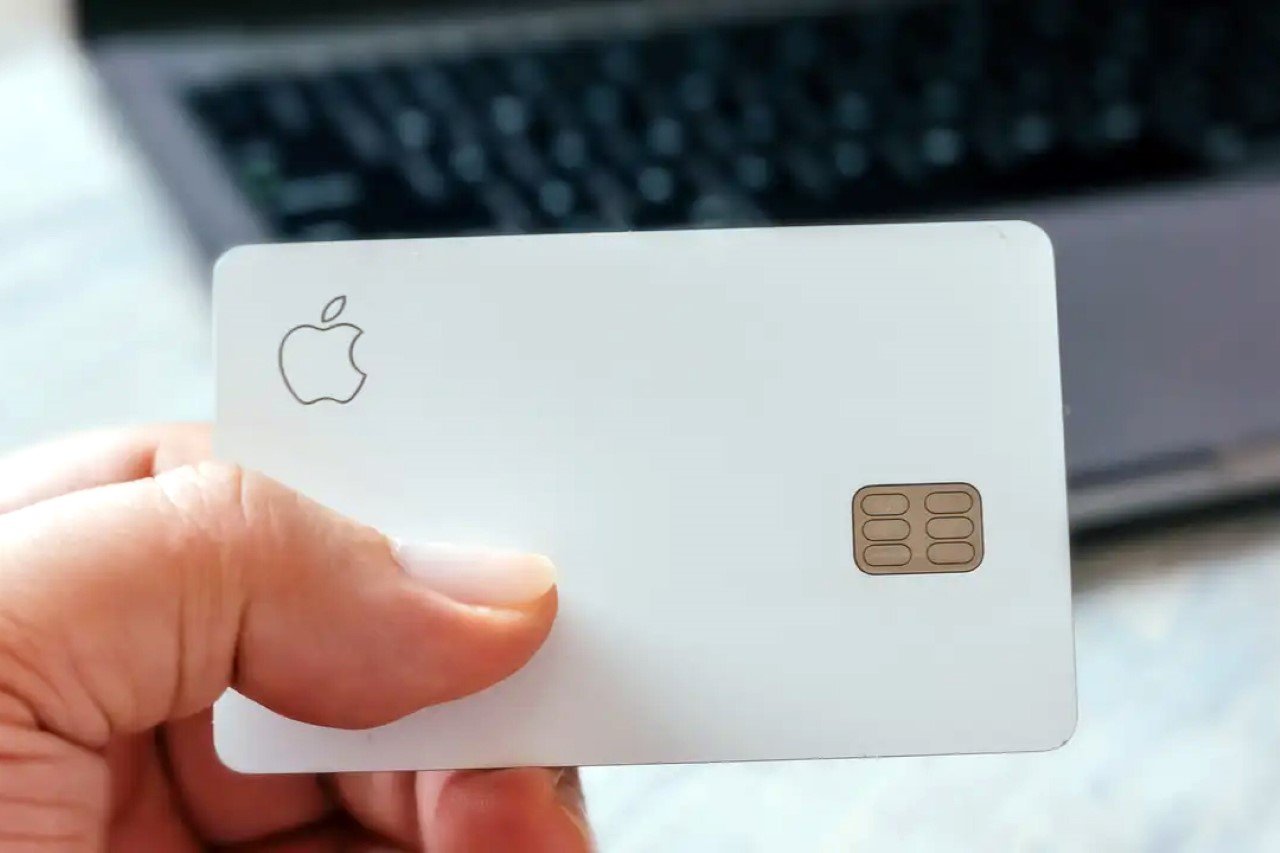There Are 5 iPads in Apple’s 2024 Lineup: Is It Time to Upgrade?
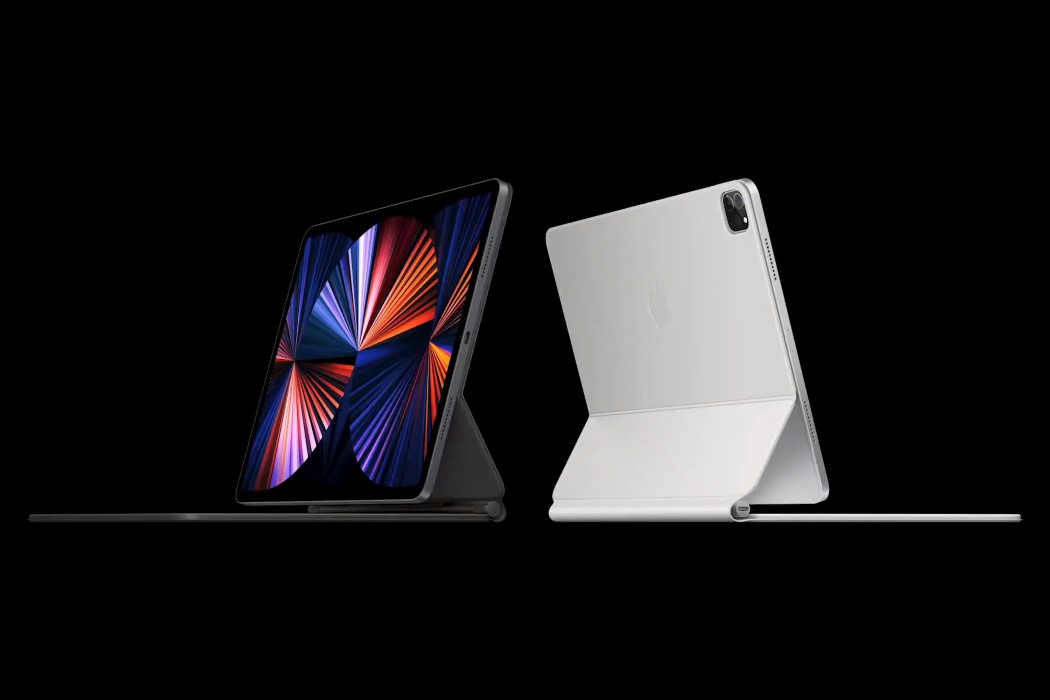
Hold onto your hats, folks, because Apple’s “Let Loose” event on May 7 is shaping up to be a blockbuster! Following a history of groundbreaking innovations, Apple’s upcoming event promises to introduce the next chapter in the iPad saga with potentially game-changing new models. We’ve snagged some insider info from Bloomberg’s Mark Gurman, and it looks like Apple is ready to roll out not just one or two but four new iPad models, with a surprise fifth possibly in the mix. From sleek designs to powerful chips, Apple’s gearing up to impress us all.
Designer: Apple
As someone who’s still using a maxed-out M1 12.9-inch iPad Pro with 1TB of storage and WiFi + Cellular connectivity, I’m eagerly waiting on the next new iPad Pro. Let’s dive into the details of each model, highlighting their unique selling points and discussing who might benefit most from an upgrade.
iPad (ninth generation)
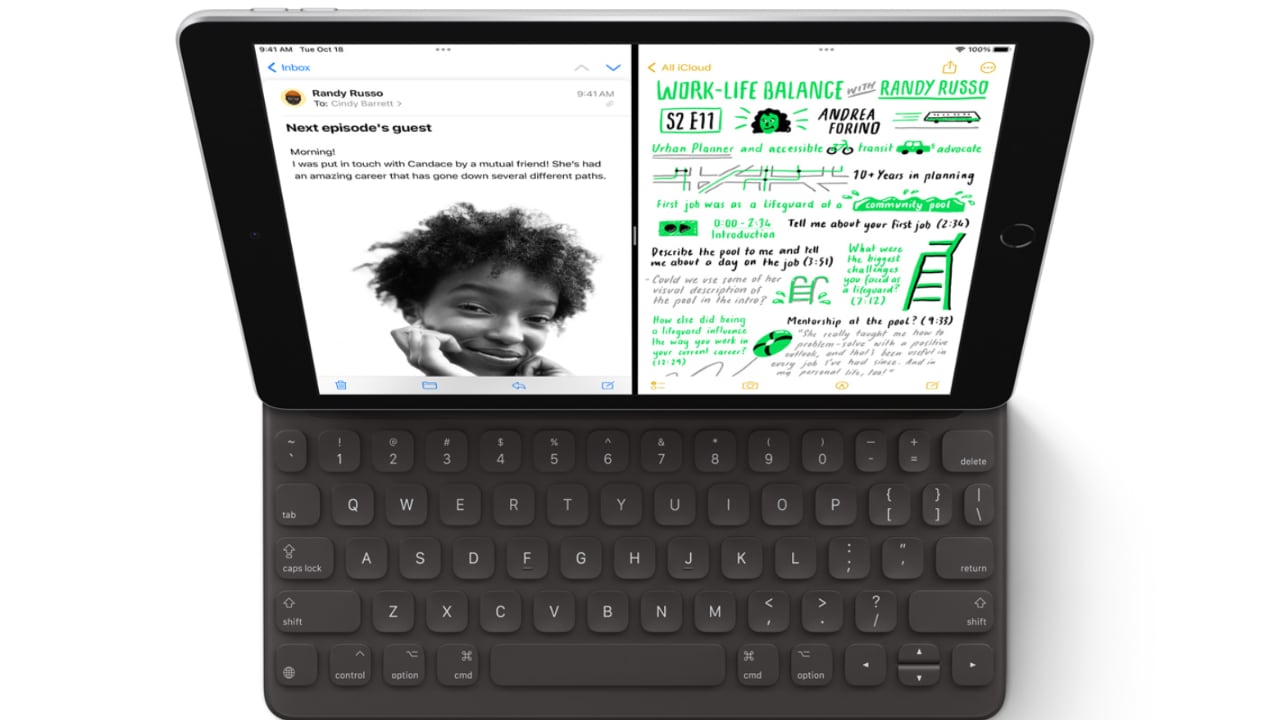
Apple iPad (ninth generation)
- Unique Selling Point: This model continues to feature the classic physical home button, appealing to users who prefer traditional navigation. It’s a familiar design with reliable performance.
- Upgrade Advice: Ideal for those using older iPad models who need a dependable device for everyday tasks like web surfing, streaming, and light productivity, without the complexity or cost of more advanced models.
iPad (10th generation)
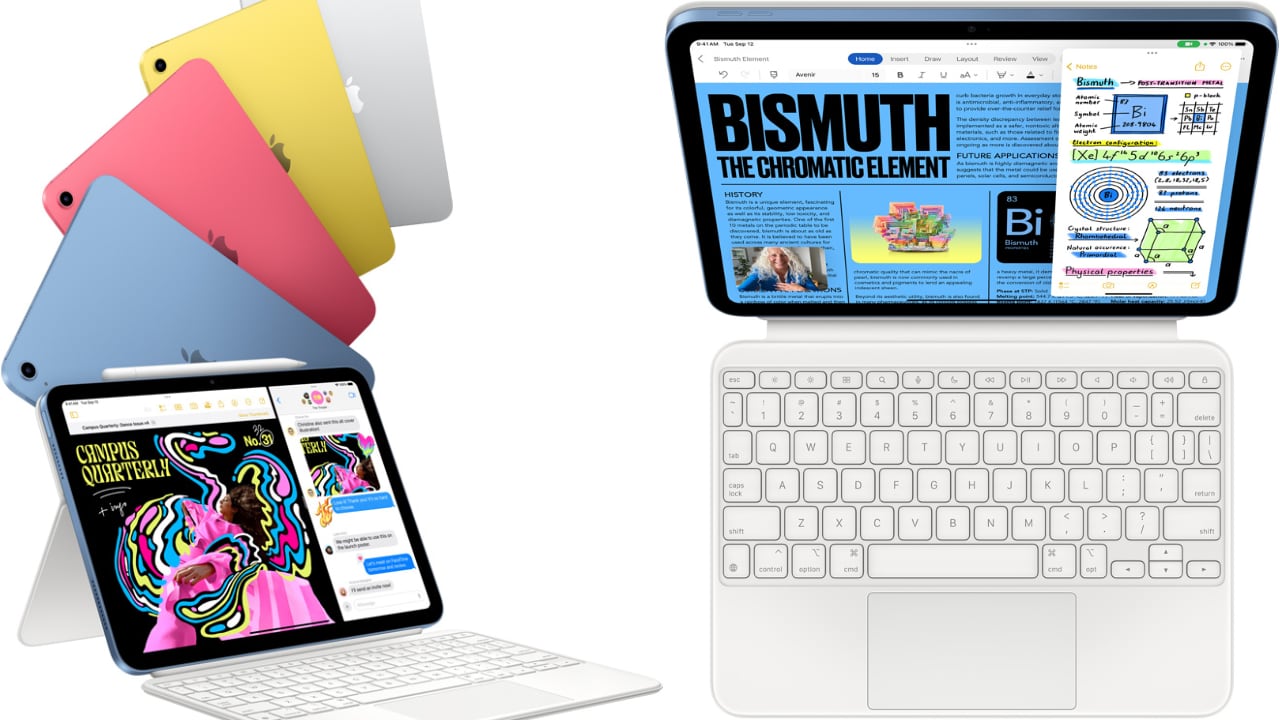
Apple iPad 10th-gen with all‑screen design, 10.9-inch Liquid Retina display
- Unique Selling Point: Introduces a sleek, button-less design with a larger 10.9-inch screen, enhancing user interaction and visual engagement.
- Performance Leap: A significant upgrade in display and user interface makes it perfect for those who enjoy media consumption and need a bit more space for productivity apps.
- Upgrade Advice: This is great for users upgrading from older non-Pro models who prefer a more modern look and improved performance without stepping up to the Pro level.
iPad mini (sixth generation)
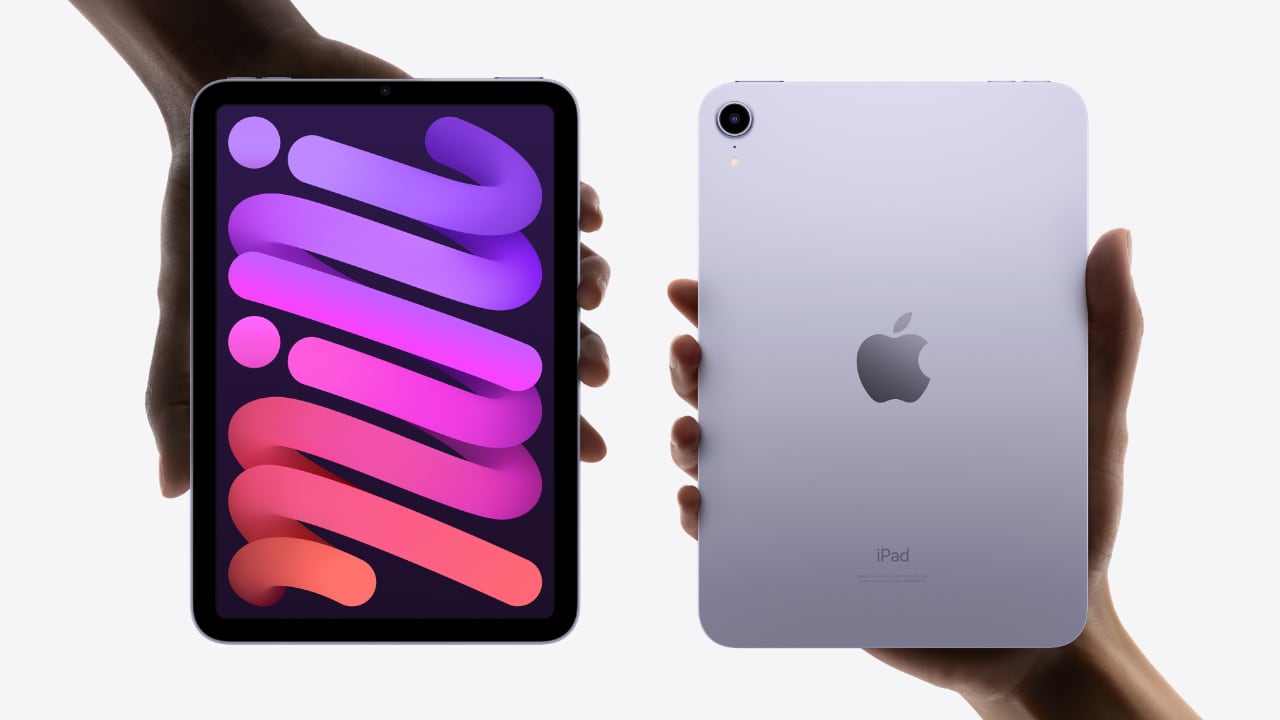
Apple iPad mini (6th generation)
- Unique Selling Point: Despite its small size, the iPad mini does not compromise on performance, offering robust capabilities in a compact package that is easy to carry.
- Upgrade Advice: This model is ideal for those who travel frequently or need a powerful, portable device that can handle tasks on the go without the bulk of larger tablets.
iPad Air (11-inch and 12.9-inch models)
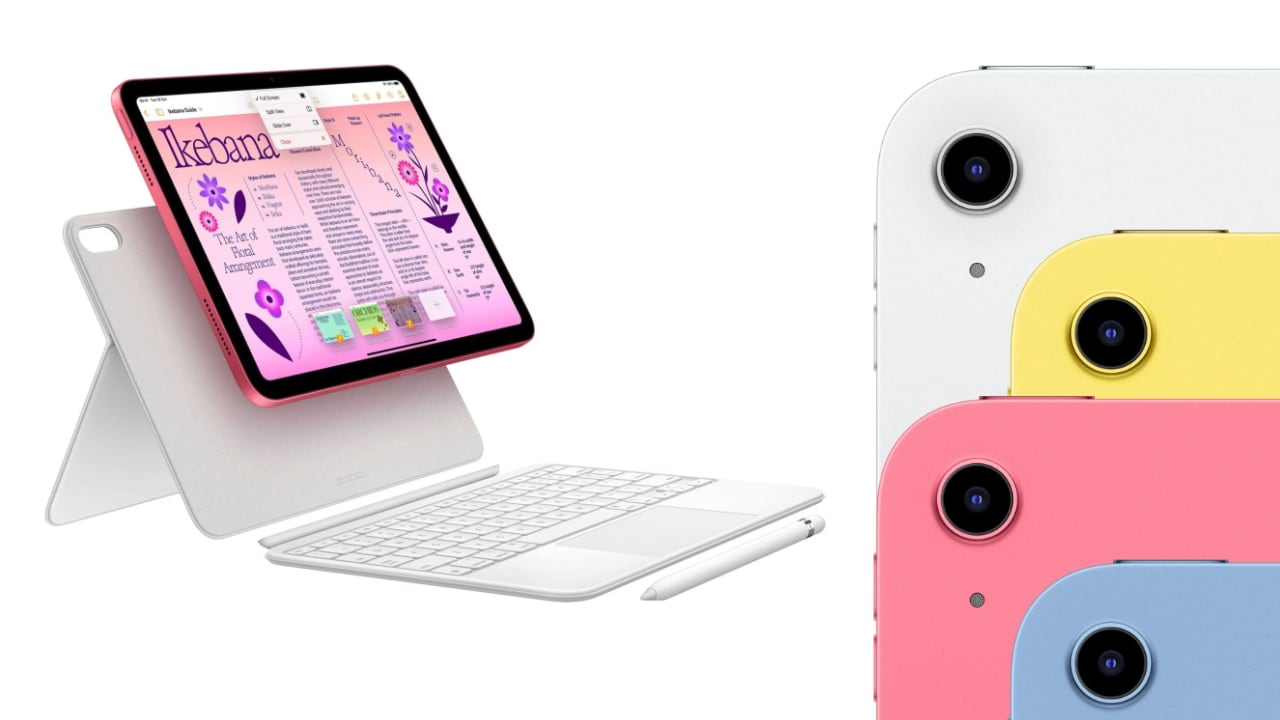
Apple iPad Air (5th generation)
- Unique Selling Point: Now equipped with the M2 chip, these models bring near-pro performance at a more accessible price point. The design is expected to be sleek, inheriting the advanced aesthetics of previous iPad Pros.
- Upgrade Advice: This is a smart choice for those seeking a larger iPad that focuses less on cutting-edge technology but still offers substantial performance. It’s perfect for users like me who need a versatile device that bridges the gap between a conventional iPad and the high-end Pro model.
iPad Pro (11-inch and 12.9-inch models)
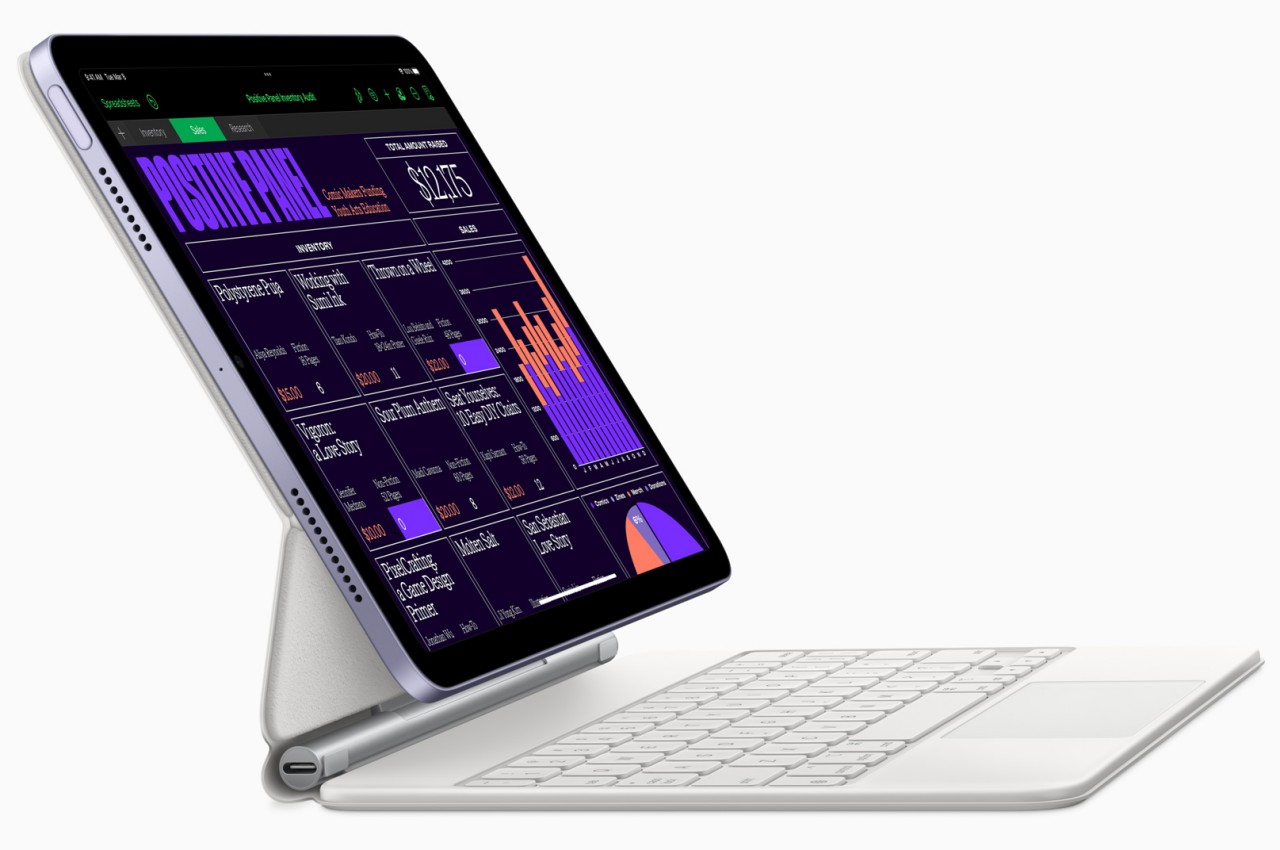
Apple iPad Pro
- Unique Selling Point: The new iPad Pro models, set to feature the cutting-edge M4 chip, are poised to be the most powerful iPads yet. They are designed to handle extremely demanding applications and multitasking with ease.
- Anticipated Features: Upgrades like OLED displays are expected to provide unmatched visual quality, making these models a top choice for professionals in creative fields. Additionally, I would speculate that an advanced optics camera system, similar to the iPhone 15 Pro, might be included, with capabilities to capture immersive videos that could synergize with devices like the Vision Pro.
- Personal Insight: As a power user who is always chasing the next big thing, I’m particularly excited about the new iPad Pro. Given its anticipated capabilities, it could potentially replace my laptop for on-the-go tasks, offering a more convenient option for portability compared to carrying a MacBook Air.
Strategic Redesign and Market Impact
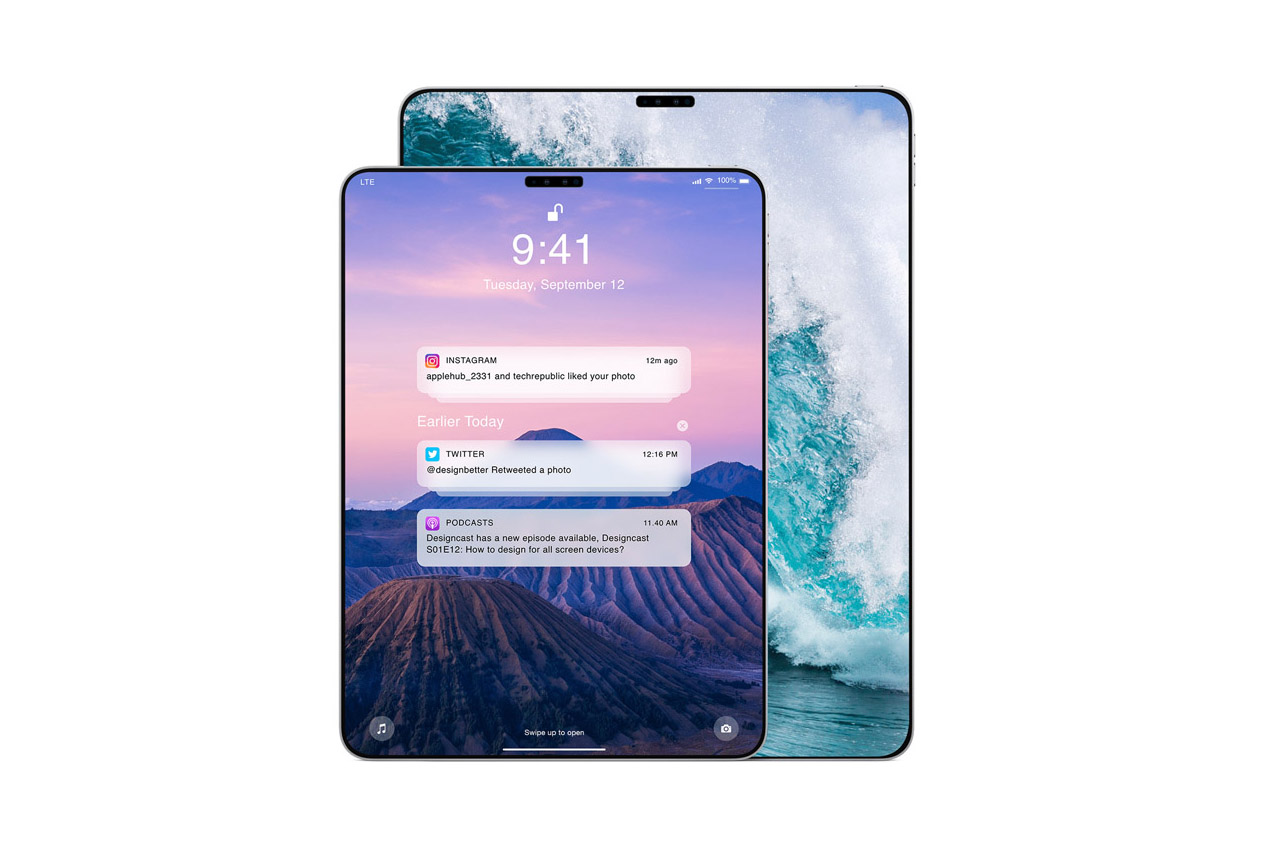
iPad Pro concept design
The potential repurposing of the current iPad Pro chassis for the new iPad Air models is especially interesting, suggesting a significant redesign of the iPad Pro line. This could mean even more advanced features are on the way:
- OLED Displays: Set to enhance visual quality to new levels.
- Advanced Input and Connectivity Options: Improved Apple Pencils and additional connectivity ports are likely to make these devices more versatile and functional.
- Cutting-Edge Design Innovations: Expect sleeker designs with slimmer bezels and potentially new size options.
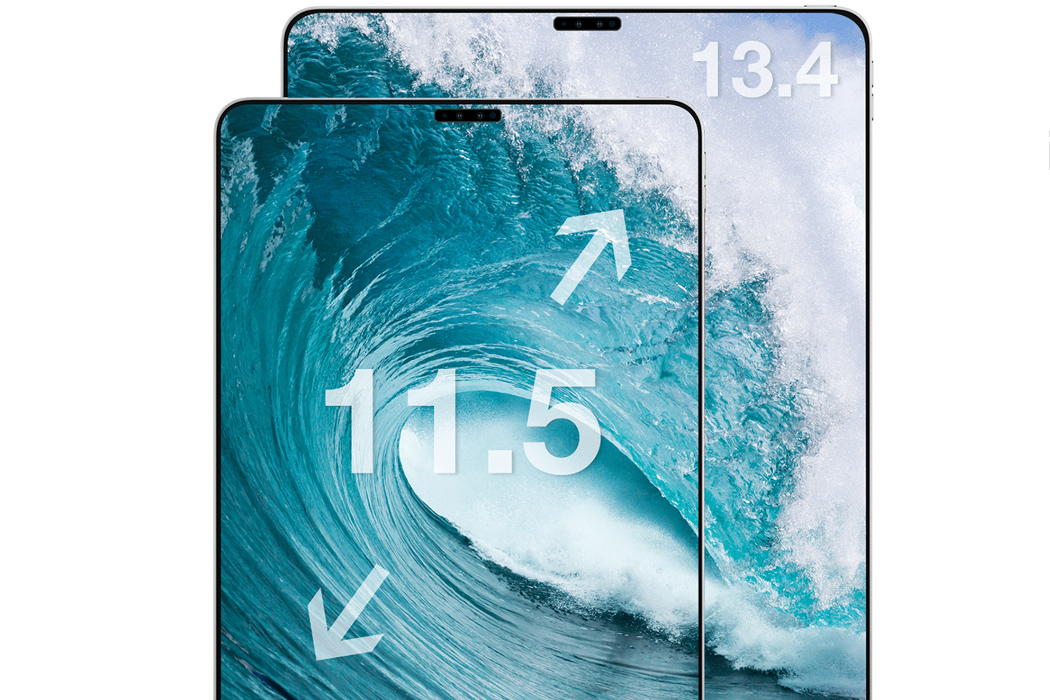
iPad Pro concept design
Additional Considerations when deciding whether to upgrade:
- Budget: Consider the cost-effectiveness based on the new features offered.
- Compatibility: Verify whether existing accessories will be compatible with the new models.
- Longevity: Investing in a newer model ensures longer support and updates from Apple, providing better long-term value.
As anticipation builds for the official announcements at the “Let Loose” event, the excitement highlights Apple’s ongoing innovation and leadership in the tech industry. Stay tuned for what promises to be an exciting unveiling of Apple’s newest creations!
The post There Are 5 iPads in Apple’s 2024 Lineup: Is It Time to Upgrade? first appeared on Yanko Design.
